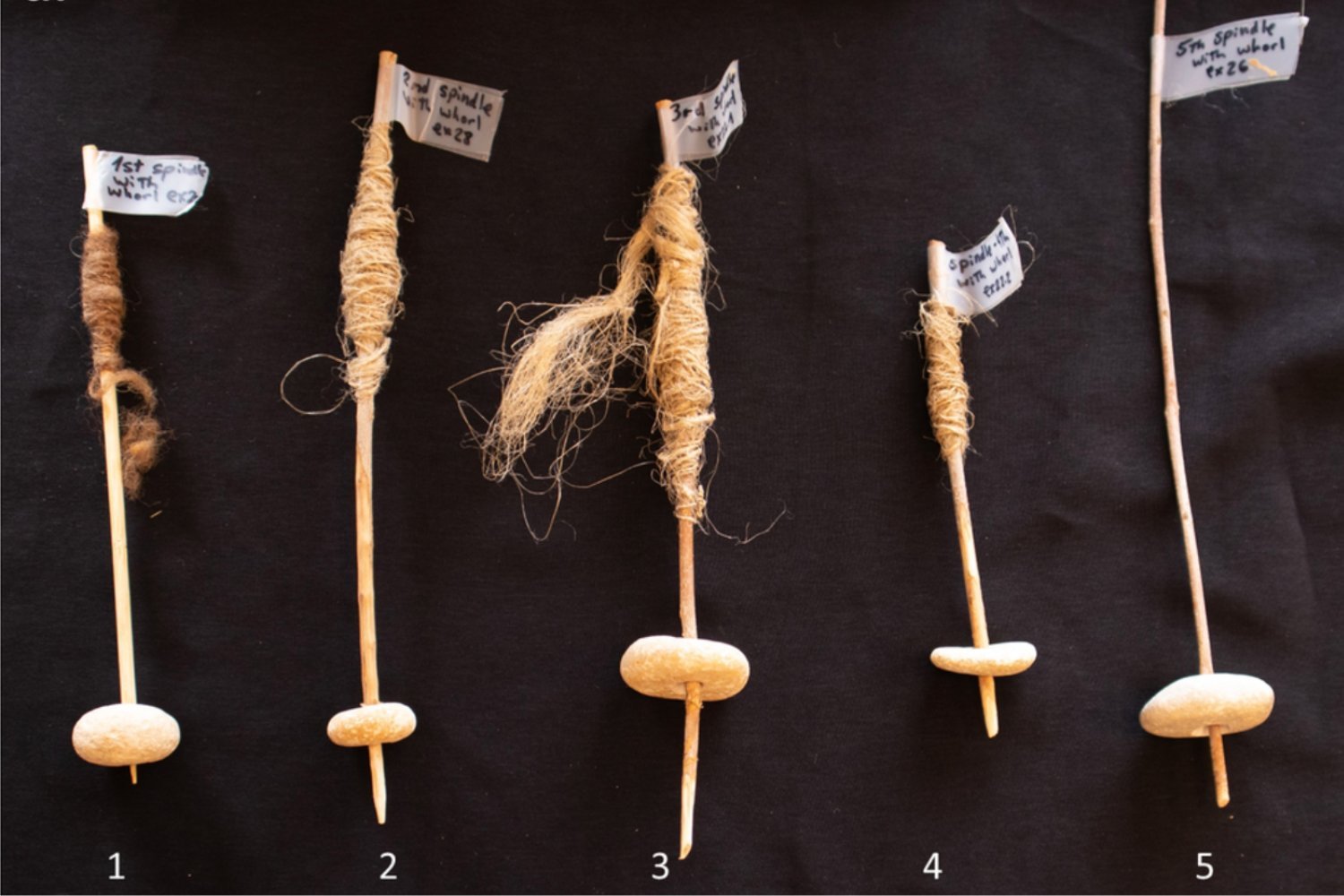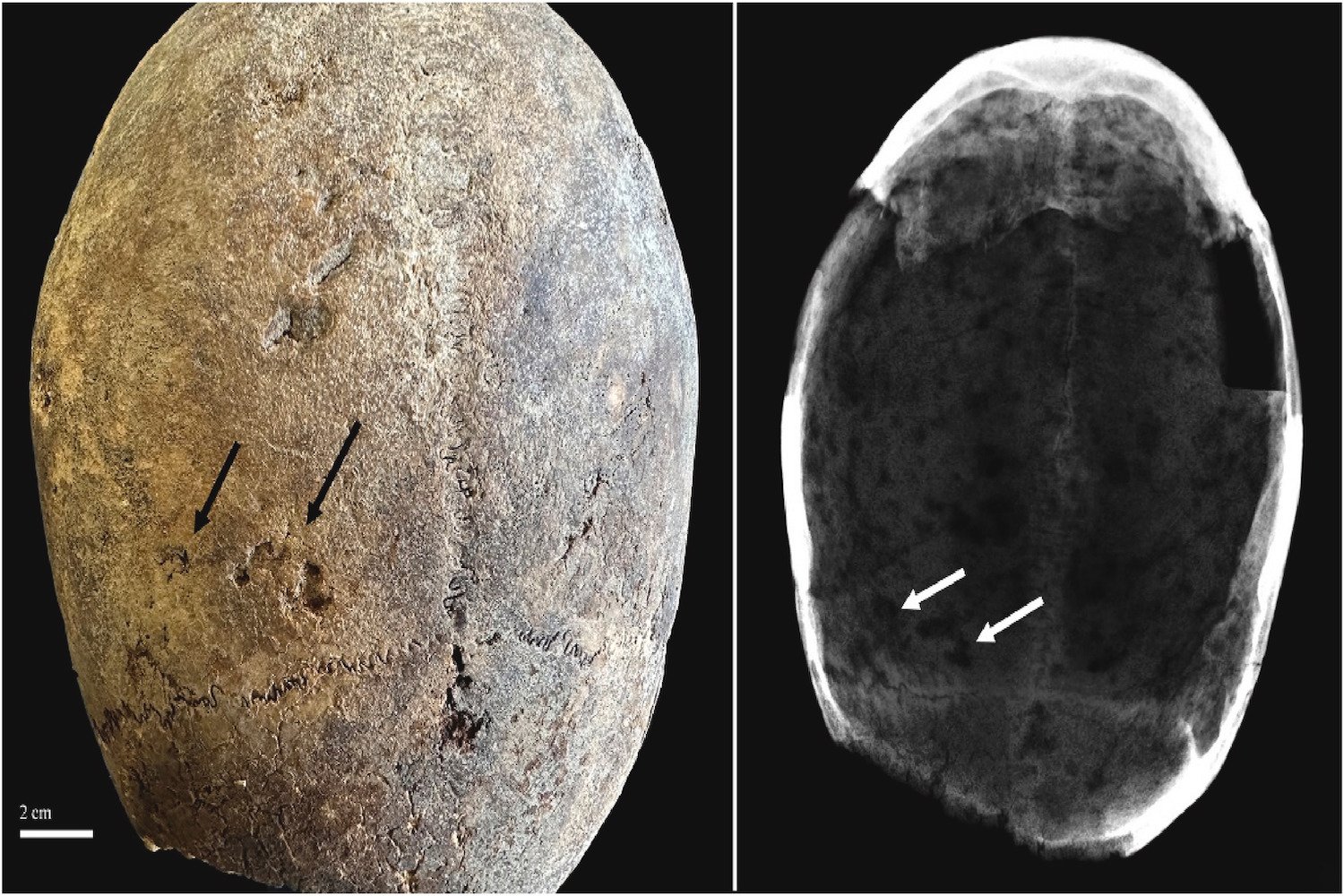The invention of the wheel revolutionized human civilization, impacting transportation and cultural exchange profoundly. While the earliest known wheel dates back approximately 5,000 years, recent archaeological findings suggest humans were experimenting with rotational technology much earlier. A study published in PLOS One details the discovery of 113 perforated stones in Nahal Ein Gev II (NEG II), a Natufian village in northern Israel, believed to be 12,000-year-old spindle whorls.
Natufian Spindle Whorls: A Precursor to the Wheel?
The Natufian culture thrived in the Levant between 15,000 and 11,500 years ago. The perforated stones discovered at NEG II, ranging from partially drilled to fully perforated, provide evidence of their ingenuity. Researchers posit that these stones were used as spindle whorls, tools crucial for spinning fibers into yarn. This finding suggests an early understanding and application of rotational mechanics, a principle fundamental to the later development of the wheel and axle.
Evidence and Experimentation: Supporting the Spindle Whorl Hypothesis
Of the 113 stones discovered, 42% were fully perforated, 32% partially perforated, and 26% showed initial drill marks. This suggests ongoing production and refinement of the tools. Researchers conducted feasibility tests using replicas of these stones as spindle whorls. The results demonstrated their effectiveness, regardless of minor imperfections in shape. Heavier and lighter whorls offered distinct advantages for spinning different fibers.
Exploring Alternative Uses: Ruling Out Other Possibilities
While the stones could theoretically have served as beads, fishing weights, or loom weights, the researchers’ analysis and experimental findings strongly support their identification as spindle whorls. The Natufians at NEG II, skilled in crafting beads and other rounded artifacts, deliberately chose a less refined shape for these perforated stones, suggesting a specific functional purpose.
The Significance of Early Rotational Technologies
These findings illuminate a crucial step in the evolution of rotational technology. While the perforated stones themselves were not wheels, they demonstrate an early grasp of the underlying principle: the utilization of a rotating object around a central axis. This understanding paved the way for the later invention of the wheel, a pivotal innovation that transformed human society.
Bridging the Gap: Connecting Spindle Whorls and the Wheel
Although thousands of years separate these spindle whorls from the earliest known wheel, their discovery offers valuable insights into the technological development that bridged this gap. While pinpointing the exact origin of the wheel remains elusive, studying these early forms of rotational technology enhances our understanding of human ingenuity and its impact on the course of history.











